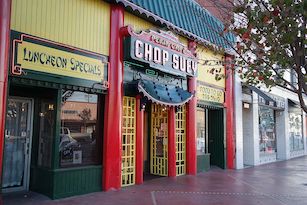Vietnam: A Hot, Humid Country that Loves Cold Beer
Drinking beer is woven into the social fabric of Vietnam. At family affairs and business lunches, impromptu meetings and private karaoke parties, beer flows like water. Cartons of beer — Saigon Special and Bia Hanoi, 333 and Larue, 24 cans to a box — balance in towering store displays and on the backs of motorbikes that careen through swarming traffic en route to their final destinations. A 2022 survey reported that Vietnam’s annual per capita beer consumption is 41.6 liters (over 11 gallons), or about 125 standard-sized cans per person.











